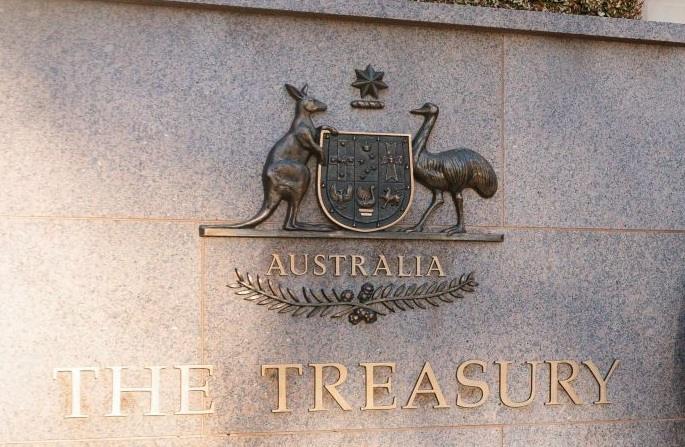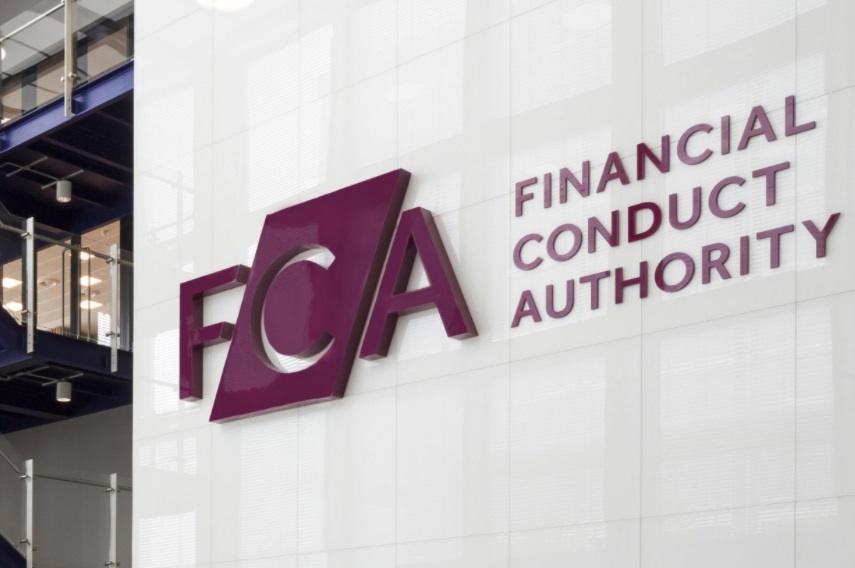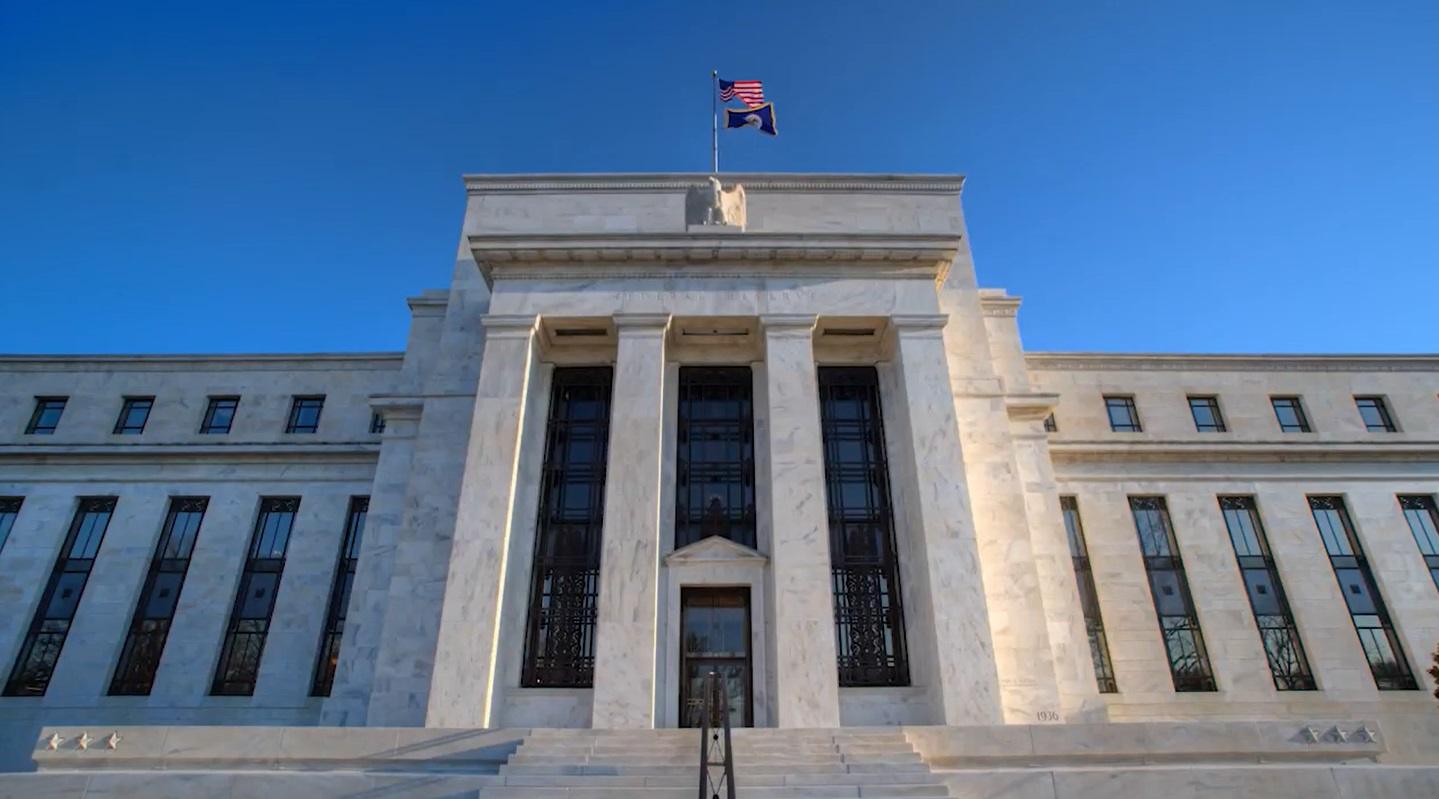Australia Launches Sustainable Finance Taxonomy
The Australian Sustainable Finance Institute (ASFI) announced today the release of the Australian sustainable finance taxonomy, a new voluntary classification system for categorizing green and transition-focused economic activities, aimed at improving transparency and facilitating capital flows towards Australia’s climate goals.
The development of the Taxonomy forms a key part of the Government of Australia’s Treasury department’s Sustainable Finance Roadmap, launched in 2023, designed to enable financial markets to support the mobilization of private capital needed to finance the transition to a net zero economy. At the time, the Treasury announced that ASFI would be responsible for developing the Taxonomy, in collaboration with the government and the finance sector.
The release marks the latest in a series of initiatives across jurisdictions to set up a classification system for the definition of sustainable economic activities, including taxonomy systems already established or in development in the EU, UK, Singapore, Hong Kong, Canada, and India.
In the Taxonomy document, ASFI said:
“The taxonomy is an important component of the Government’s Roadmap. It will enable market participants to understand how certain economic activities and investments align with, or contribute to, climate and sustainability outcomes, thereby providing a robust basis to inform capital allocation decisions.”
Australia’s new taxonomy includes classifications for both green and transition activities. Green activities include those that meet criteria determined by Paris-aligned decarbonization scenarios, as well as those that directly enable the decarbonization of another activity. Transition activities include those that help decarbonize emissions-intensive activities move towards closer alignment with a 1.5°C pathway, in which substitutes to fully or more materially reduce emissions are not available.
In its first phase, the new taxonomy covers six key emissions-intensive sectors, including Agriculture and Land, Minerals, Mining and Metals, Manufacturing and Industry, Electricity Generation and Supply, Construction and Buildings, and Transport.
ASFI CEO, Kristy Graham, said:
“To unlock global finance for Australia’s key green and transition sectors, the taxonomy had to be internationally credible and locally relevant. In a world-first, it includes sectors such as minerals, mining and metals, and it also sets expectations for engagement with First Nations peoples and cultural heritage management.”
Following the launch, ASFI said that it will pilot the taxonomy with a select group of financial institutions across a diverse range of use cases. Participants in the pilot include ANZ, the Clean Energy Finance Corporation (CEFC), Commonwealth Bank of Australia, HESTA, Moody’s Ratings, NAB, Rabobank, Rest and Westpac.
ASFI also announced that sustainable finance standards body Climate Bonds Initiative will expand its Certification Scheme to include criteria, pathways, and measures in the new taxonomy that are consistent with the Climate Bonds Standard, to support standardization and convergence of global taxonomies, and to promote market adoption and investor confidence.
Sean Kidney, CEO and Co-Founder, Climate Bonds Initiative, said:
“Australia’s Sustainable Finance Taxonomy is a shopping list of investments for the future. Climate Bonds Certification will now be able to confirm adherence to both the Australian and the Climate Bonds Taxonomies. This will support investor confidence in the credentials of sustainable financial investments.”






